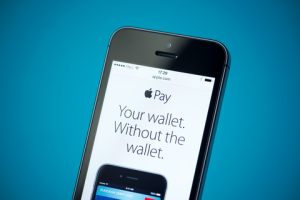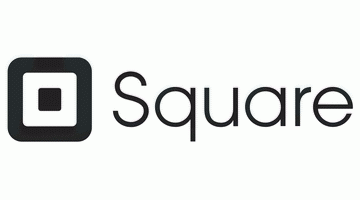Updated on November 22, 2021
Apple Pay was released to the public in fall 2014, and it was noted as being the great white mobile hope. The kind of service that was going to ensure mobile payments were a dream come true for millions of people all around the world.
However, reality came crashing down. According to the quarterly PYMNTS/InfoScout information, user adoption levels decreased and there was a drop in people using Apple Pay despite there being more iPhone 6 users. The people who used it really liked it. However, it just never stuck. And, it’s due to many merchants not accepting it.
Apple Pay just assumed merchants would roll out the red carpet for it in stores. This didn’t happen!
Apple assumed the EMV draft would help with the NFC wagon
It was a big speedbump in Apple’s plan though. In most situations, merchants are unwilling to make upgrades if they have to front the money upfront for the upgrades and spend time making sure those integrations are complete. 2015 was the year merchants were trying to absorb the changes the EMV made – a situation that became a real challenge and not very likely.
According to PMI, another issue merchants who signed up had was the slow, uneven roll out to individual stores. In fact, Whole Foods was the only retailer to have Apple Pay in all its locations.
Customers often found one of three scenarios – Apple Pay locations didn’t have the system working even if they were listed as a merchant, had no one on staff who knew how to use the payment system or there were problems with the speed.
Despite recent requests for an updated store directory where Apple Pay is accepted, consumers are still finding many locations don’t take it.
Leon Majors, a researcher for PMI, said 70 percent of consumers have reported problems with the Apple Pay system. Both banks and Apple didn’t believe there could be issues; but, in 2014, Apple and banks were blaming one another for all the problems.
Now What?
Although there are problems with Apple, PMI feels the company’s prospects are going to stay positive.
The study’s author said the problems with consumers and merchants is not likely to disrupt it. However, it’s going to slow it down. It may even take up to five years to really get going, not the two years people had predicted.
PYMNTS feels it’s a rather ambitious timeline. In fact, when Apple Pay was launched PYMNTS was optimistic of a five to seven year timeline for merchants to upgrade the POS devices to allow for Apple Pay and NFC PYMNTS also noted that the longer Apple Pay takes, it may never take off as it should have. It would allow others to get in with their new technologies and make consumers excited.
When all is said and done, mobile payments need to be more like a plastic card. And, the reality is that there are numerous companies that want to be “THE ONE” to offer mobile payments to consumer. Companies that include PayPal, Google, Chase, MasterCard, Amazon, Wal-Mart, etc.
2016 is liable to interesting when it comes to mobile payment applications, as it’s going to be the consumers and the value they get from the mobile payment app. Merchant acceptance comes down to consumer demand. So, if Apple Pay doesn’t get its act together, the first player that does solve the problems is going to get all the rave from consumers.


